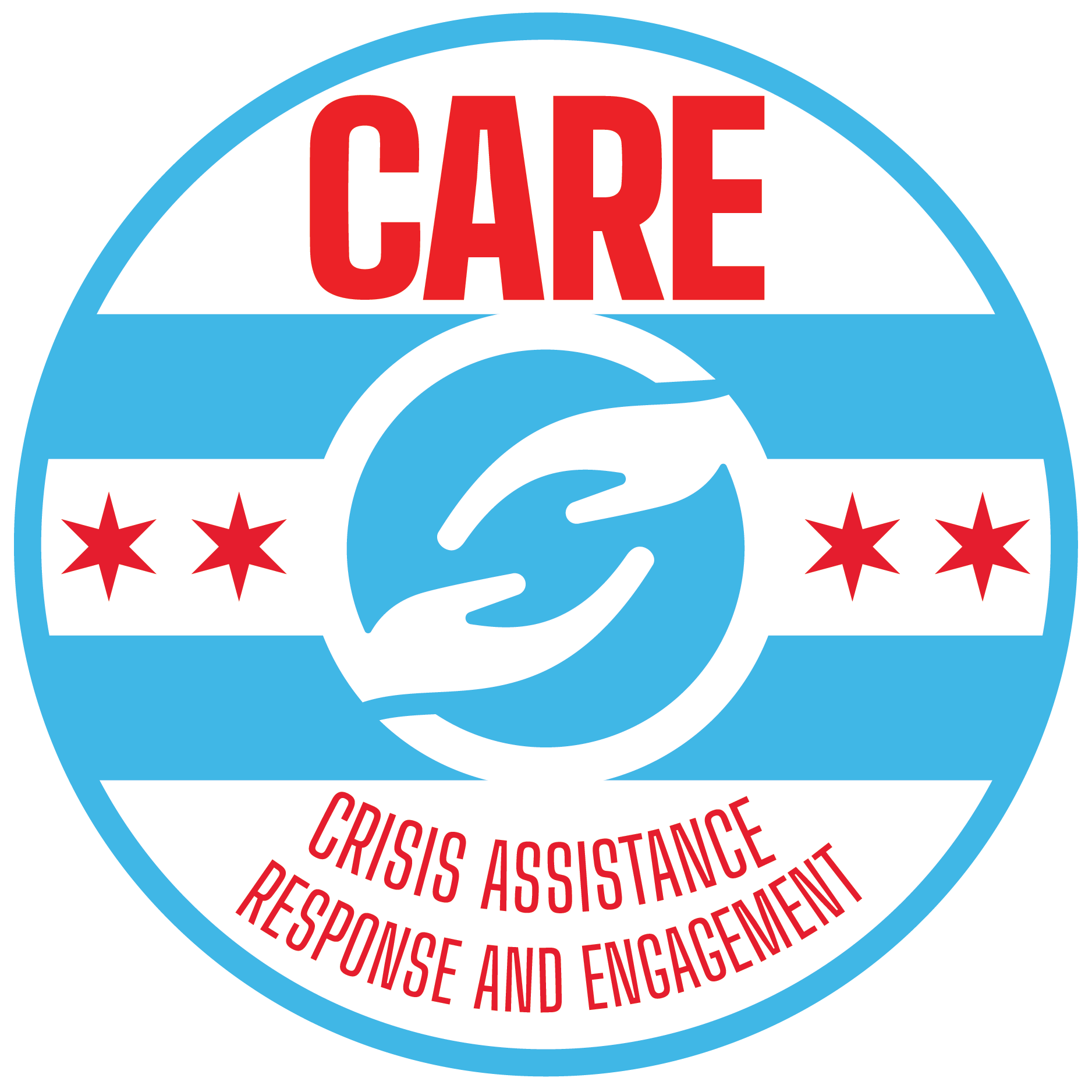Crisis Assistance Response and Engagement (CARE) Dashboard
Chicago’s Crisis Assistance Response and Engagement (CARE) team seeks to ensure that individuals experiencing a mental health crisis and substance use overdose are assisted by teams of behavioral health professionals, with resources to address their unmet health and social needs. The CARE team responds to 911 calls with a mental health component Monday-Friday 10:30am-4:00pm in 11 pilot areas. When the CARE team responds to an individual in crisis they offer de-escalation, mental health assessment, referrals to community services, and transport to community-based destinations as appropriate. The CARE team conducts follow up at 1, 7, and 30 days with all individuals that they encounter.
Alternate Response Teams
✶ Staffing: CFD Community Paramedic + CDPH Mental Health Crisis Clinician
✶ Services: Respond to low-risk 911 calls with a mental health component.
✶ Launched: June 2022 in West Elsdon, West Lawn, Chicago Lawn, Gage Park, West Englewood and March 2023 in Loop, Near South
Opioid Response Teams
✶ Staffing: CFD Community Paramedic + Certified Peer Recovery Specialist
✶ Services: Conduct 24-72 hour follow up in person with individuals who have experienced a non-fatal opioid overdose.
✶ Launched: January 2023 in East Garfield Park, West Garfield Park, Humboldt Park
Multidisciplinary Response Teams
✶ Staffing: CFD Community Paramedic + CDPH Mental Health Clinician + CPD Crisis Intervention Team Officer
✶ Services: Respond to low and moderate risk 911 calls with a mental health component.
✶ Launched: September 2021 in Uptown, Lakeview, North Center, Auburn Gresham, Chatham
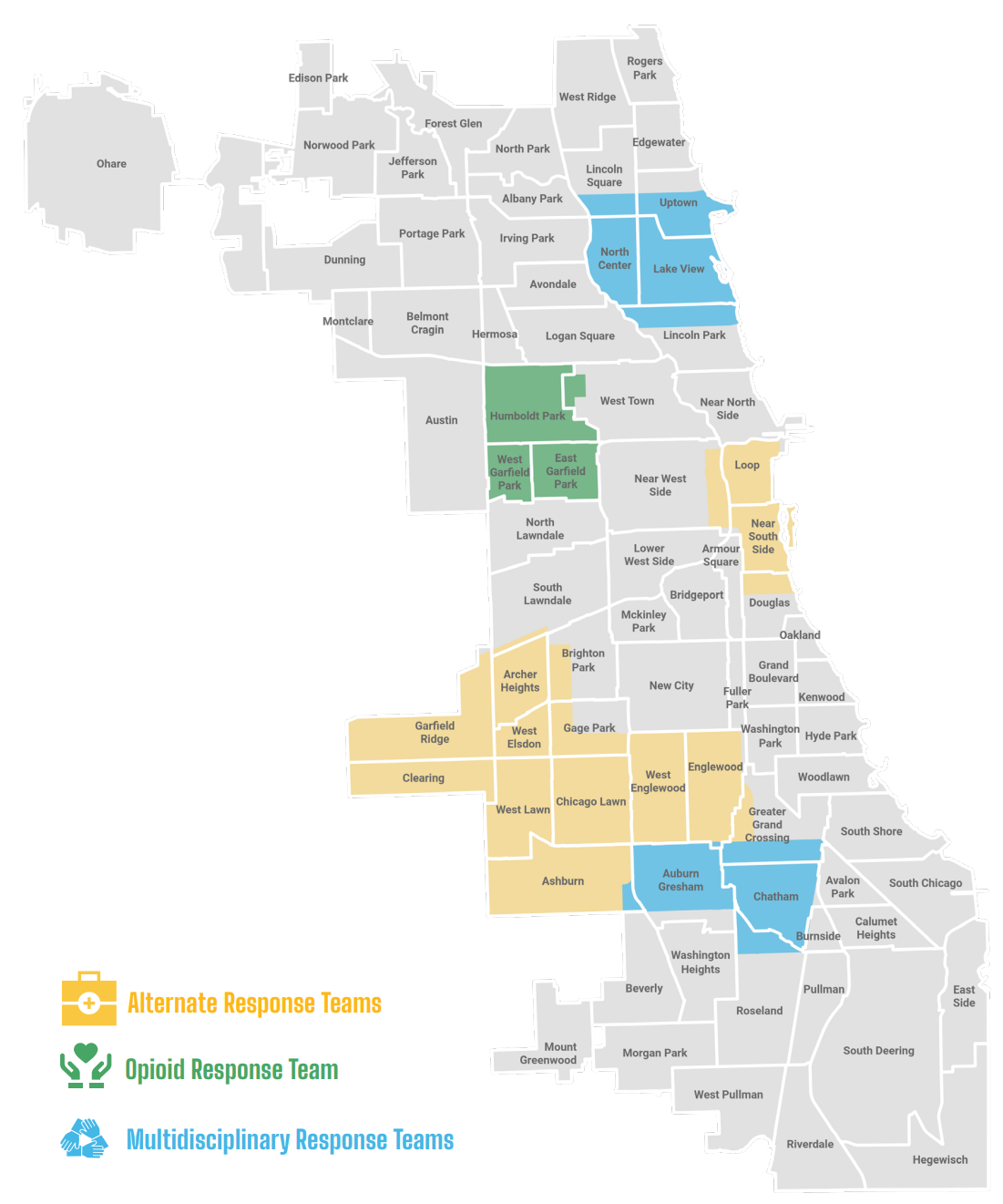
The CARE Program is an initiative co-led by the Chicago Mayor’s Office, Chicago Fire Department, Chicago Department of Public Health, Chicago Police Department, Office of Emergency Management and Communications, and Illinois Department of Public Health Region 11 Emergency Medical System. The Program is working with an external evaluator to understand the effectiveness of each response model.
For more information on the CARE Program, please contact: CAREProgram@cityofchicago.org
CARE in the Community
All names and genders in the stories here have been changed to
protect the privacy of individuals served by the CARE Team.
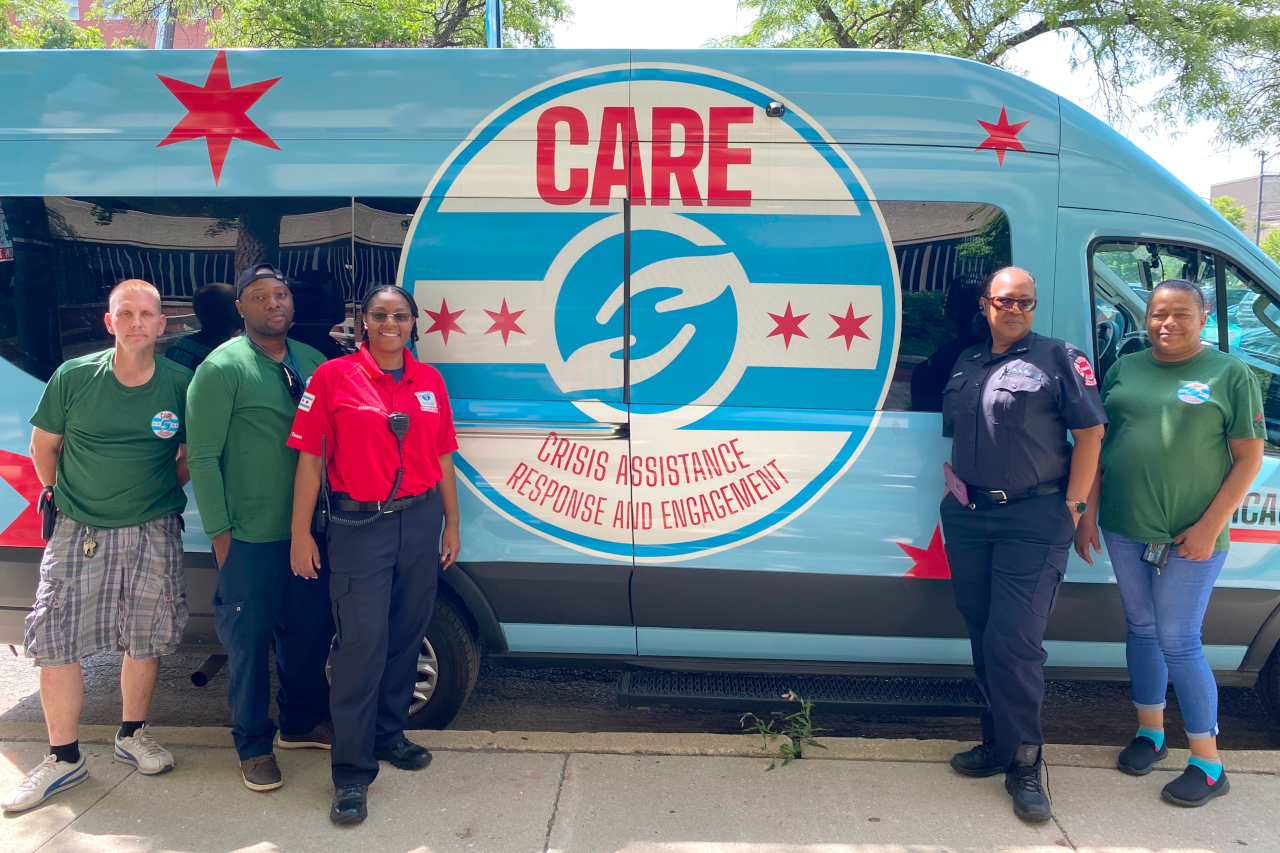
“Mark,” an individual experiencing homelessness, started a fire to try to keep warm. The fire got out of control, and the Chicago Fire Department was called. The CARE Team responded as an assist. Mark was very willing to speak with the CARE Team and stated that he wanted help. After assessing Mark, the CARE Team transported him to a community crisis stabilization center. The transport went well , and the CARE Team had great communication with the stabilization center, who was then able to get Mark into a shelter.
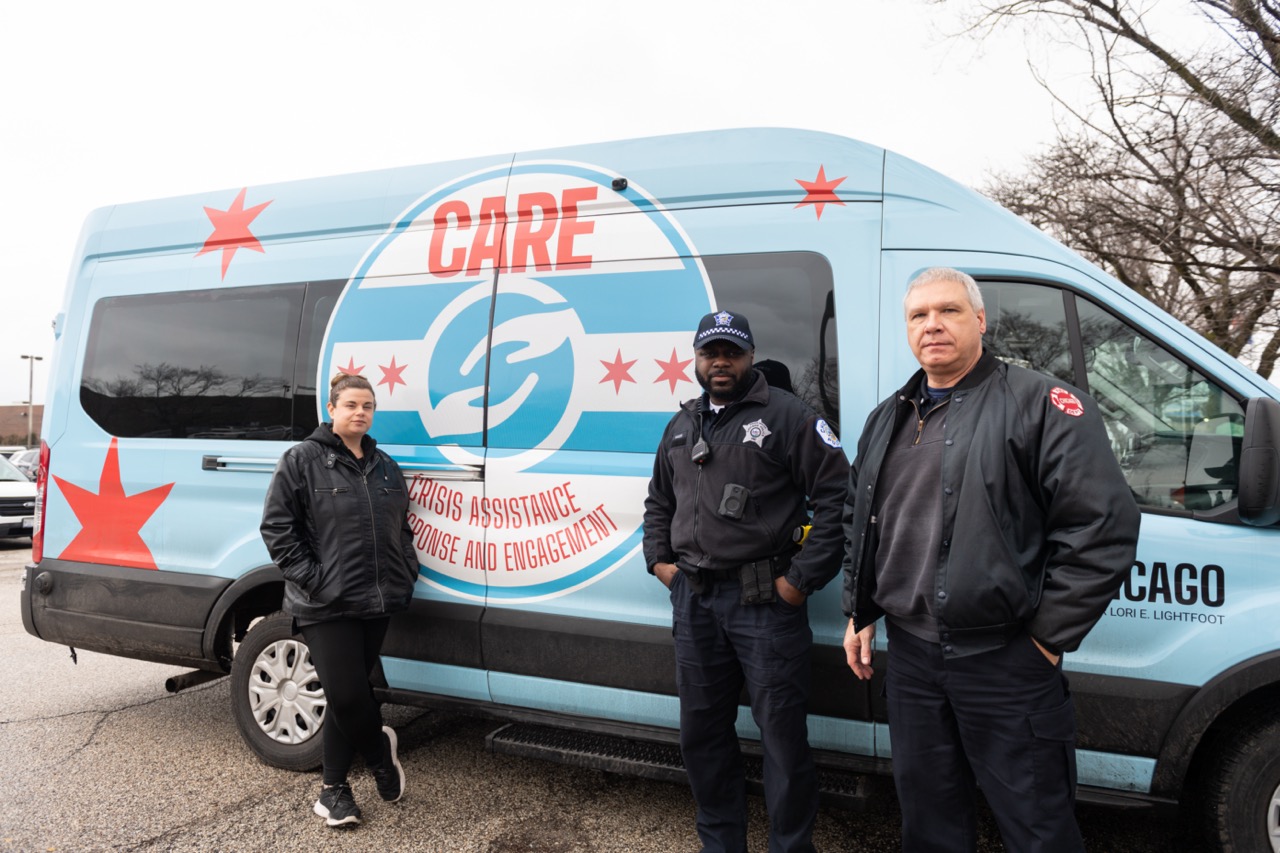
“Sharon” called 911 for a family member, “Aaron,” who was agitated, angry, and threatening to hurt themselves. Sharon reported that Aaron had shown signs of depression off and on, but that their behavior had worsened over the past days. Sharon reported that she called 911 as a last resort. She did not want Aaron to go to the hospital but also did not know what else to do. When the CARE Team arrived, they spoke with Aaron and each of the individuals in the household. The CARE Team noticed that everyone in the house was very anxious, and the decision was made to transport Aaron to a crisis clinic rather than a hospital in an ambulance. During the ride to the clinic, the CARE Team Clinician was able to learn more about Aaron and develop trust. When the CARE Team arrived at the clinic, Aaron was calm, engaged with the CARE Team and open to seeing a therapist.
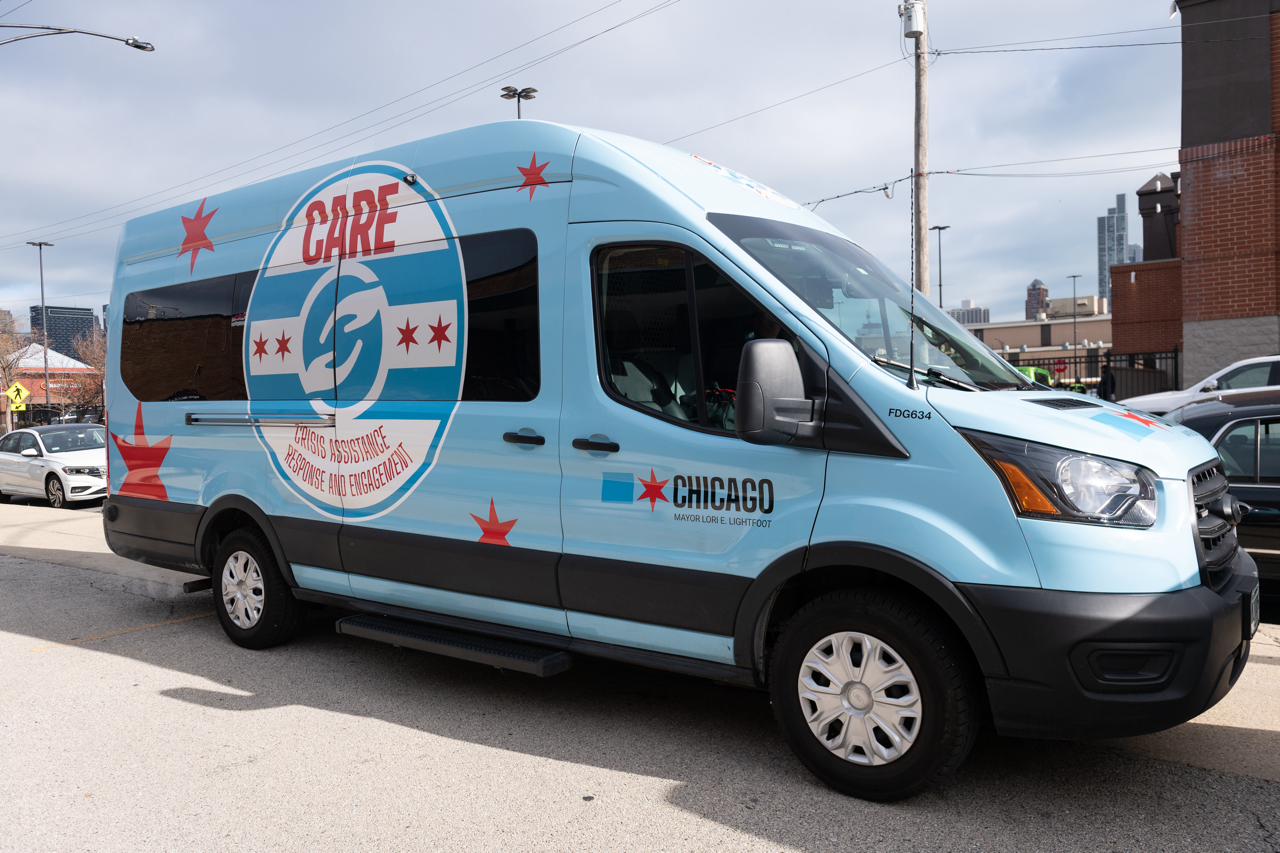
The CARE Team responded to an individual in crisis, “Candice,” who needed to go to the hospital for a psychiatric evaluation. When speaking with Candice, the CARE Team Clinician discovered that her refrigerator was broken, and she needed assistance completing insurance forms. While Candice was in the hospital, the Clinician worked to set up hot meal delivery, connected with SNAP, and assisted with filling out insurance forms. The Clinician also worked to get Candice a new PACE card and access to consistent therapy and medication.
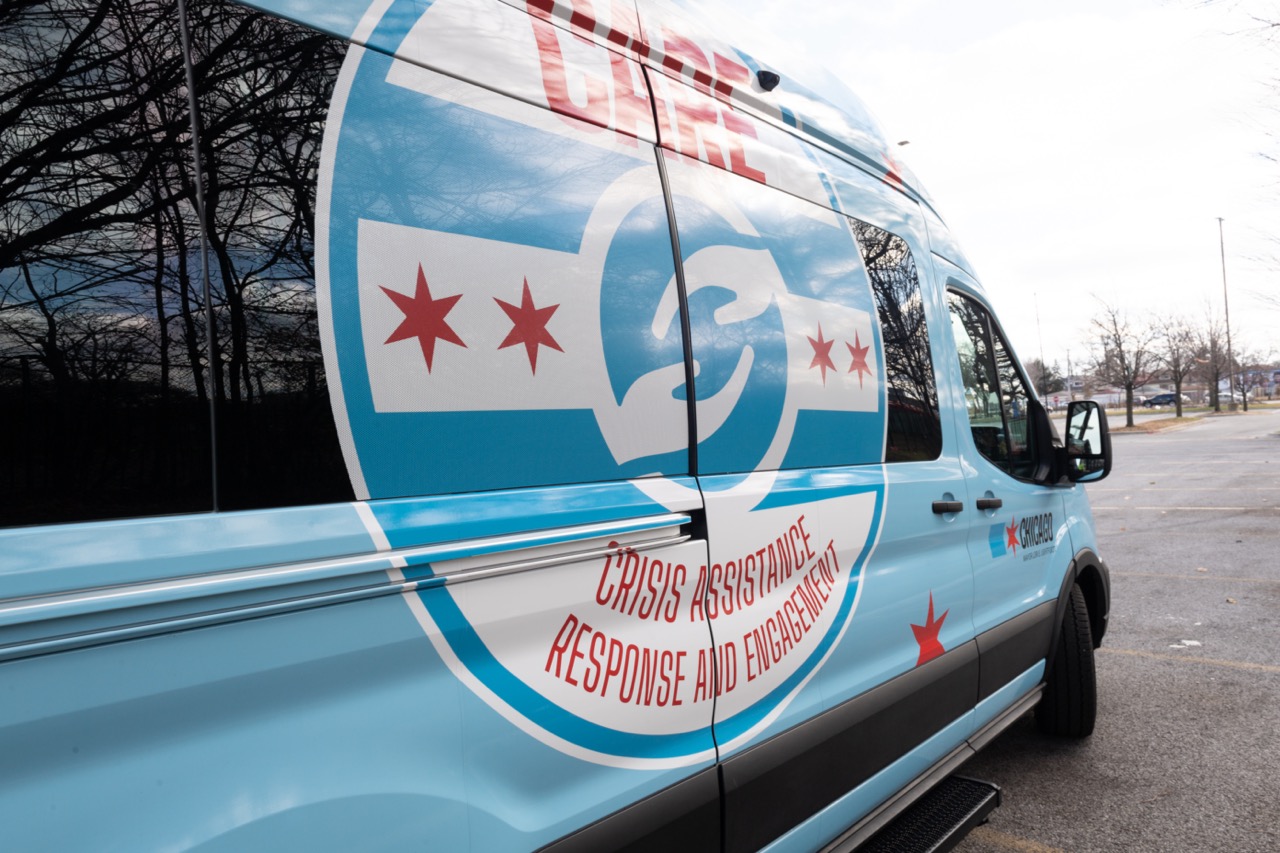
The CARE Team responded to assist police through a potential threatening suicide call. The Team discovered that the individual on the call, “Luis,” was not suicidal, but needed help addressing domestic violence in their residence and related mental health concerns. The Clinician on the team worked to connect Luis to outpatient mental health treatment that specializes in domestic violence, and conducted regular follow-up with the individual. At approximately 30 days after the initial encounter, the Clinician called Luis to check in. Luis had enrolled in outpatient therapy, separated from their partner, and reported doing much better.
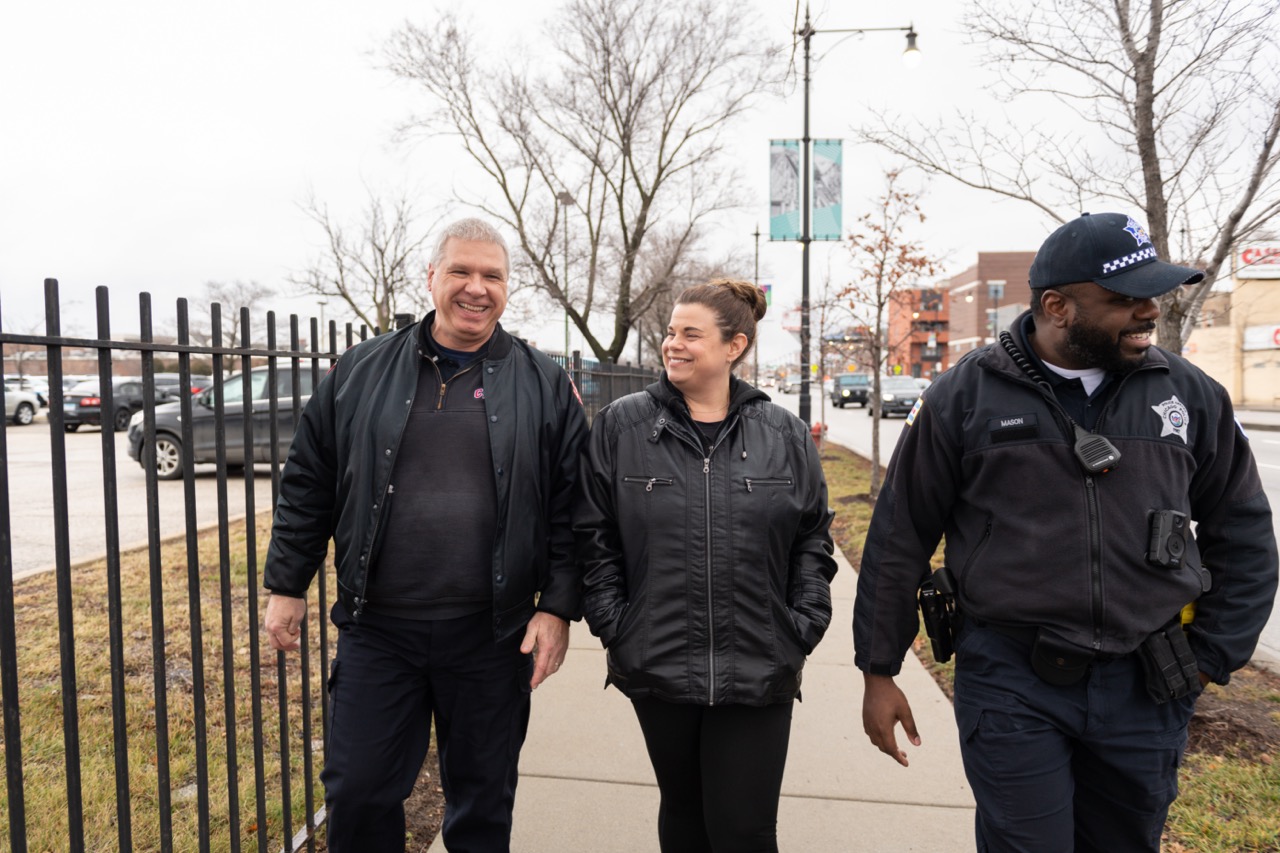
The CARE Team responded to an individual in mental health crisis, “Dylan,” who was expressing suicidal thoughts and had locked himself in his living space because he did not want to go to the hospital. The CARE Team engaged Dylan, who was especially receptive to the paramedic on the team. The paramedic was able to take vitals and engage Dylan about his suicidal thoughts. While speaking with the CARE Team, Dylan remained focused on the paramedic, who reassured him that everything he expressed was valid, and that the CARE Team could help him not only in that moment but also by providing follow-up services. Although Dylan remained tearful and somewhat distressed, he gradually began to state that he did not want to die but just wanted something in his life to change. The CARE Team took Dylan to his preferred hospital and followed up 24 hours later to check-in.
CARE Dashboard
Service Outcomes:
- No contact with individual in crisis - CARE team arrives on scene and cannot locate the individual in crisis
- Refused services - the individual in crisis refuses CARE services
- CARE services and transport - the individual in crisis receives CARE services and is transported by the CARE team to a community-based destination like a crisis stabilization facility or shelter
- CARE services and transfer - the individual in crisis receives CARE services and is then transferred to Fire or Police for transport to a hospital ED
- CARE Services - the individual receives CARE services in the community, without transfer to another destination
- Resolved by Other Unit Prior to Arrival - another first responder unit resolved the 911 call on scene before the CARE team arrived
Using the Dashboard:
This dashboard is designed with viewer interaction in mind. The dashboard can be adjusted to address the interests of the viewer by changing the Display Settings.
Under Display Settings, the viewer can adjust whether the dashboard displays data by individual community area or for the whole program using the Neighborhood drop-down menu. Additionally, the viewer can adjust the timeframe displayed by changing the Start Date and End Date drop-down menus. The dashboard is updated weekly with a one-week lag.
Use of Force Events:
"Use of force" is defined under CPD policy as any physical contact by a Department member, either directly or through the use of equipment, to compel a person's compliance. Under CPD policy, an officer is justified in using force that is objectively reasonable, necessary, and proportional to ensure the safety of an officer or third person, to stop an attack, to make an arrest, to control a subject, or to prevent an escape.
To date, in the CARE program, less than 5 reportable use of force events have occurred. Any use of force events that have occurred in the CARE program would be categorized as "Level 1." A level 1 use of force includes force that does not result in injury or complaint of injury.
In the context of the CARE program a level 1 use of force would be an instance in which CARE team CIT officers use holds in order to de-escalate situations and ensure that the individual does not present a harm to themselves or others as they are safely transported to a hospital. An example of this would be when the CARE team comes to the scene and finds a client who is physically aggressive due to substance intoxication. Due to the client's acute intoxication, the CARE team is unable to verbally gain compliance. The CIT officer then engages in a level 1 use of force to de-escalate the situation and ensure the individual's safety as well as the safety of the team as they are transported to a hospital.
Program Spotlight: The Opioid Response Team
In 2021 there were 1,428 opioid overdose fatalities in Chicago, the highest number ever recorded in the city.* In response, the CARE Opioid Response Team (ORT) was established. The ORT seeks to support individuals with resources and care in the vulnerable 24-72 hours after an overdose. Through incorporating peer recovery support in its program model, the ORT builds rapport with high-risk communities while strengthening linkages to harm reduction resources and trauma-informed, evidence-based care for those in need. When not conducting post-overdose follow-up, the ORT also conducts proactive outreach to community members, linking them to local food banks, mental health providers, and other community resources and services.
The ORT is staffed by a CFD Community Paramedic and a Certified Peer Recovery Specialist from the University of Illinois Chicago (UIC) Community Outreach Intervention Projects. The team operates in Humboldt Park, East Garfield Park, and West Garfield Park – communities identified to be among those most heavily impacted by the opioid overdose crisis in Chicago. Data from 2022 indicates that there are between 6-7 opioid-related EMS responses each day in these three community areas. By providing post-overdose follow-up services in our most vulnerable communities, the ORT aims to reduce the number of fatal and non-fatal overdoses in the city.
Click here https://overcomeopioids.org/free-resources for more information on community areas most impacted by the opioid overdose crisis in Chicago.
*Data from the Cook County Medical Examiner. Number is preliminary and subject to change. Visit https://datacatalog.cookcountyil.gov/Public-Safety/Medical-Examiner-Case-Archive/cjeq-bs86/data to view Cook County Medical Examiner public data reporting.
ORT Dashboard
Variable Definitions:
- Post-Overdose Outreach Attempts - engagement attempts made to identify individuals who have overdosed in the past 24-72 hours.
- Individuals Located- individuals who were successfully located by the ORT after a recent opioid overdose. This number does not include secondary contacts (family, friends, community, social network contacts) who the ORT engages with.
CARE Program data is provided by Chicago Fire Department EMS and Chicago Police Department. Dashboard has been created with data analyzed by Chicago Department of Public Health. Individual persons are not identifiable using this dashboard and no attempt should be made to do so. The dashboard is intended for public information purposes only. CDPH presents this data as provisional and makes no guarantee about its accuracy or currency. Modifying any information presented on this dashboard is prohibited.
A Look Inside the Opioid Response Model




Inside Chicago Examines the CARE Program
Inside Chicago is a content series that explores the City’s strategy to curbing violence in our hardest-hit communities





